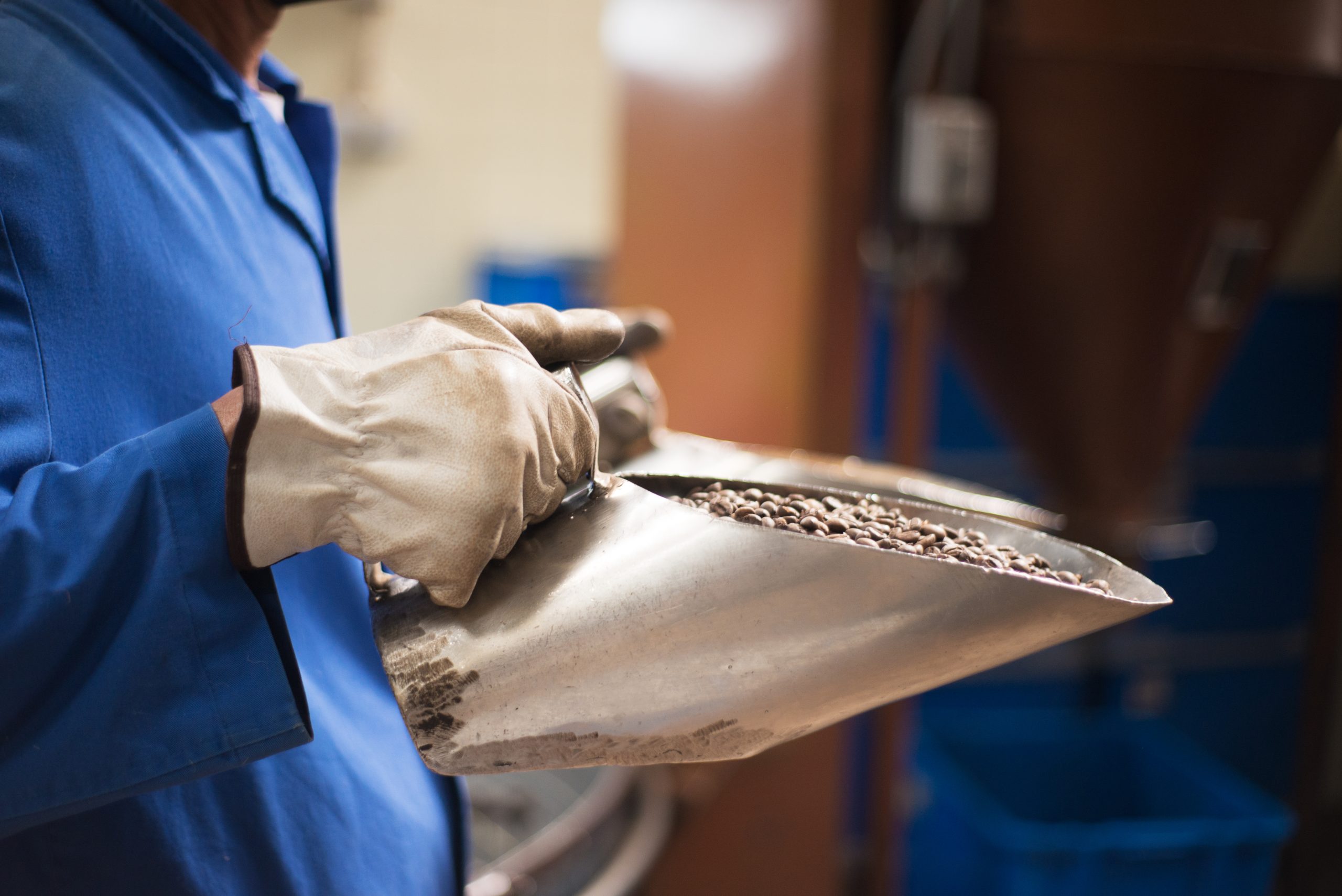Industrial Briquette Manufacturing

Coconut shell charcoal briquette has become an increasingly popular alternative fuel source in many industries due to its eco-friendly nature, high calorific value, and affordability. As global energy demands grow, businesses are turning toward sustainable options, and the industrial briquette sector is experiencing a significant surge. Understanding the Industrial briquette manufacturing process is essential for anyone interested in producing high-quality, consistent briquettes for commercial use.
What Is Industrial Briquette Manufacturing?
The Industrial briquette manufacturing process involves converting raw biomass materials, such as coconut shells, sawdust, rice husks, or other agricultural residues, into solid blocks of fuel. These briquettes are widely used in industries like metallurgy, ceramics, and food processing, as they provide a reliable, clean, and energy-efficient alternative to traditional coal or firewood. The primary goal of industrial briquetting is to produce a compact, uniform, and high-density fuel that can burn longer and generate more heat.
Raw Material Preparation
The first step in the Industrial briquette manufacturing process is collecting and preparing the raw materials. For coconut shell charcoal briquettes, this means sourcing high-quality, fully carbonized coconut shells. The shells must be crushed into smaller pieces to ensure uniformity during compression. Moisture content is another critical factor; the material should ideally have a moisture level of 8–12% for optimal binding and pressing. Excess moisture can cause uneven combustion and affect the briquette’s durability.
Grinding and Sieving
After initial preparation, the raw material undergoes grinding to achieve a fine, consistent powder. This process ensures that the briquette will have a smooth texture and high density. Sieving is then performed to remove any oversized particles that may hinder compression. This stage is crucial for maintaining the quality and consistency of the final product, as well as preventing blockages in the briquetting machines.
Binder Addition
Binders are often added to improve the structural integrity of the briquettes. Natural binders such as starch, molasses, or clay are commonly used. In the case of coconut shell charcoal, the high lignin content of the shells often acts as a natural binder, reducing the need for additional chemicals. The binder is thoroughly mixed with the ground material to ensure uniformity, which helps the briquettes retain their shape during storage and transportation.
Compression and Briquetting
The next step in the Industrial briquette manufacturing process is compression. This is achieved using hydraulic or mechanical presses, which apply high pressure to the powdered material. The intense pressure compacts the particles tightly, producing dense and uniform briquettes. Modern industrial machines allow for continuous production, with adjustable pressure settings to cater to different sizes and shapes of briquettes.
Drying and Cooling
Once pressed, the briquettes must be dried to remove residual moisture. Industrial dryers or natural air-drying techniques can be employed, depending on production scale. Proper drying prevents cracking, reduces the risk of mold growth, and ensures the briquettes maintain structural integrity during storage. After drying, the briquettes are cooled before packaging, ensuring they are safe to handle and ready for transportation.
Quality Control
Quality control is an integral part of the Industrial briquette manufacturing process. Parameters such as density, moisture content, calorific value, and ash content are tested to meet industry standards. Consistent quality ensures that the briquettes provide optimal performance in terms of energy efficiency and combustion duration.
Packaging and Storage
Finally, the finished coconut shell charcoal briquettes are packaged for distribution. Proper packaging protects the briquettes from moisture and mechanical damage during storage and transport. The choice of packaging, whether plastic bags, cartons, or bulk sacks, depends on customer requirements and shipping logistics.
Conclusion
The Industrial briquette manufacturing process transforms agricultural waste into a valuable, eco-friendly energy source. Products like coconut shell charcoal briquette are not only sustainable alternatives to conventional fuels but also offer economic opportunities for businesses and local communities. With growing environmental awareness and industrial demand, the industrial briquette sector continues to expand, making it a key player in the renewable energy landscape.
